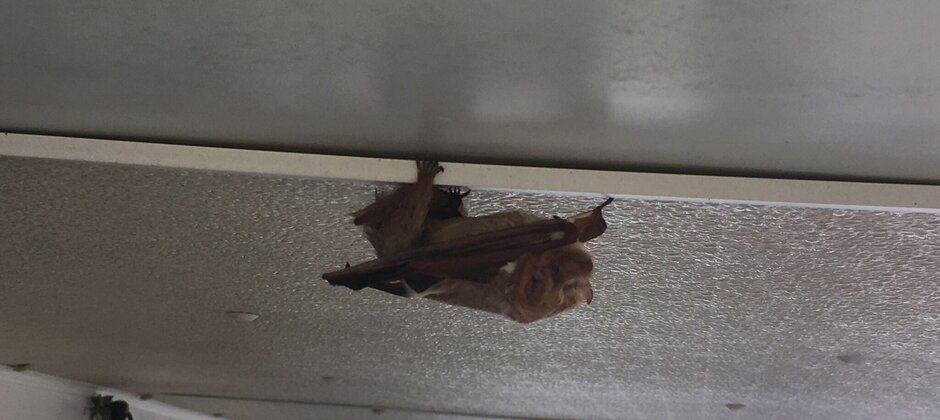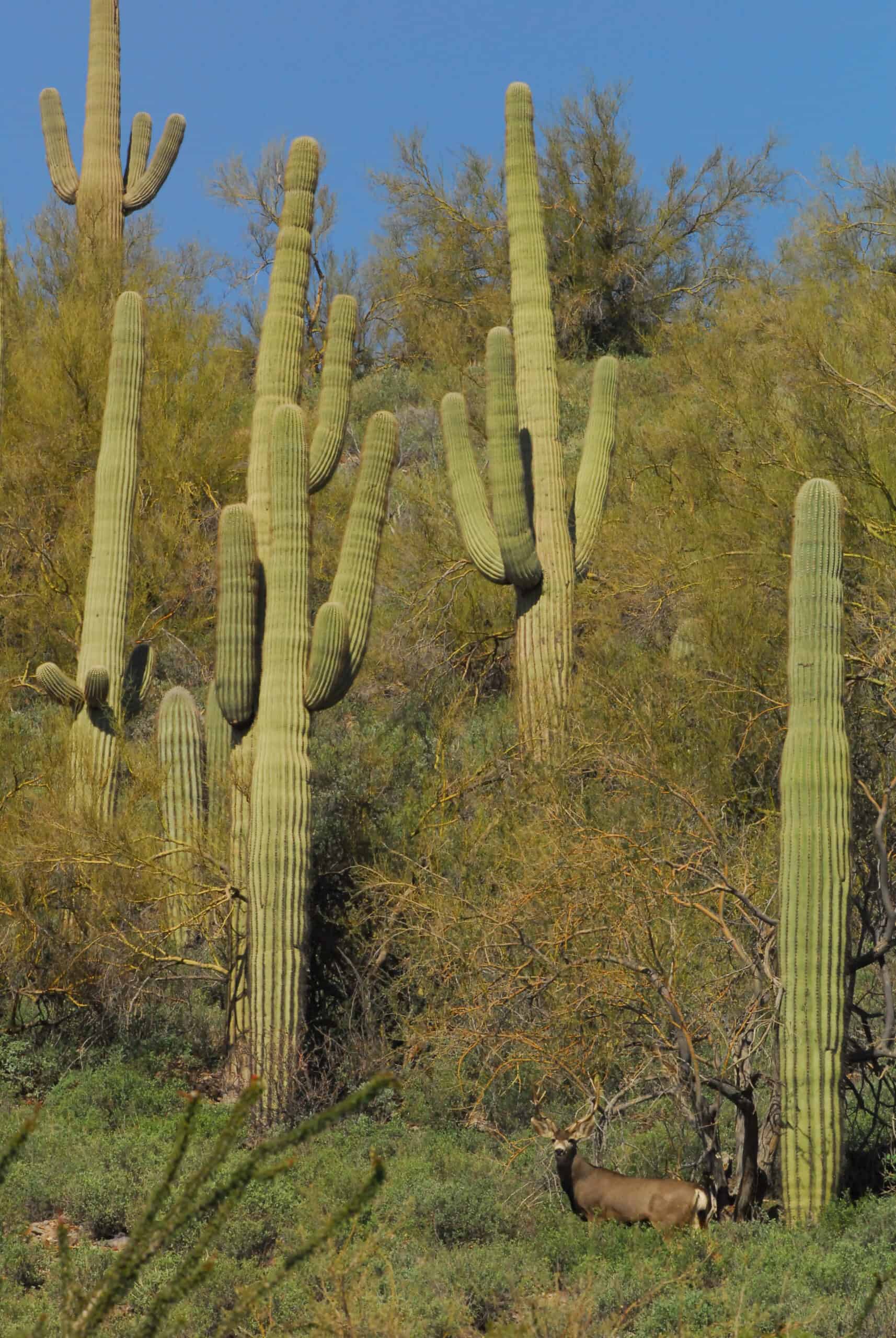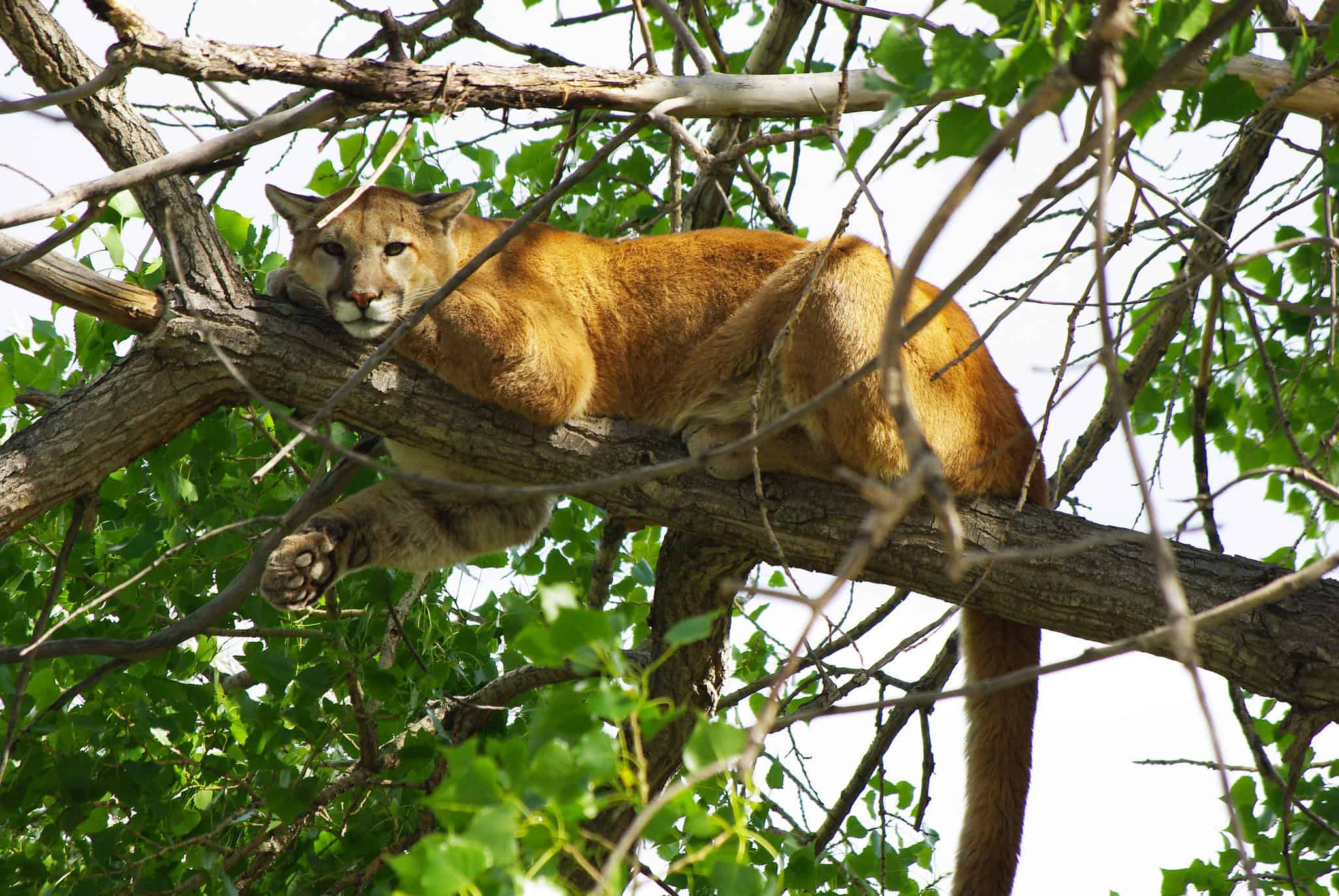Share this article
Offshore wind farms may increase migratory bat mortality
Offshore wind turbines likely affect some of the same migratory bat species impacted by wind farms on land.
According to recent research, many of these strong-flying bats often use offshore routes on their migrations, which can sometimes put turbines squarely in their path.
“Offshore wind is coming, and we know that onshore wind has a huge impact on bats, so it’s prudent to assume that offshore wind will have a similar impact,” said TWS member Donald Solick, founder of Vesper Bat Detection Services, a bat consulting company specializing in acoustic monitoring.
Previous research has shown that turbines on land are one of the major causes of bat deaths worldwide since 2000. In the U.S. and Canada, one species—the hoary bat (Lasiurus cinereus)—accounted for 40% of bat deaths by turbines. Researchers aren’t completely sure what it is about the turbines causing these mortalities, though a number of deterrent strategies are in development to keep bats away from wind energy facilities. But most research so far has focused on land-based turbines in North America, where offshore wind energy is relatively new compared to Europe.
Solick and his colleague Christian Newman from the Electric Power Research Institute wanted to see how offshore wind might affect bats, since the flying mammals are known to regularly cross oceans in other parts of the world. In research Solick led published recently in Ecology and Evolution, they reviewed scientific literature to see both what kinds of bat species fly offshore as well as what research has been done about how bats respond to offshore turbines in Europe. They tracked observations of offshore bats in scientific journals back to the late 1800s.
A lot of their findings coincided with what was already known about onshore wind facilities and the species effected.
The three species that may be most at risk from offshore turbines were hoary bats, eastern red bats (L. borealis) and silver haired bats (L. noctivagans), similar to on land. Most deaths at land-based turbines occurred between early August to mid-October, so it could also be a dangerous time offshore.
But the team also found many gaps in knowledge about offshore bats in general. “We know so little about the migratory ecology of bats worldwide,” Solick said.
For example, most of the information they found involved bats over the Atlantic Ocean. Solick and his co-author found little information about what bats may fly over the Pacific Ocean, which also has planned offshore wind developments.
Another research gap is that bat observations occurred during the day, which isn’t when many of the mammals are active. The researchers also aren’t sure if bat species may be flying at higher altitudes, where they’re harder to detect. And while they are aware of some species that do fly offshore, they also aren’t sure about how many individuals from the populations are involved.
This is important knowledge to fill in, Solick said, as it could inform wind developers about when to best operate offshore wind turbines to minimize bat fatalities and maximize energy production.
But until more is known, Solick said it would also be prudent to impose early seasonal regulations during fall migration, for example. Placing acoustic detectors on offshore existing turbines or those in development would also help researchers learn more about the possible impact on bats.
“It would be wise to implement some precautions early,” Solick said.
Header Image: A female eastern red bat that landed on a boat about 15 kilometers off of Nantucket. Credit: Blair Perkins








